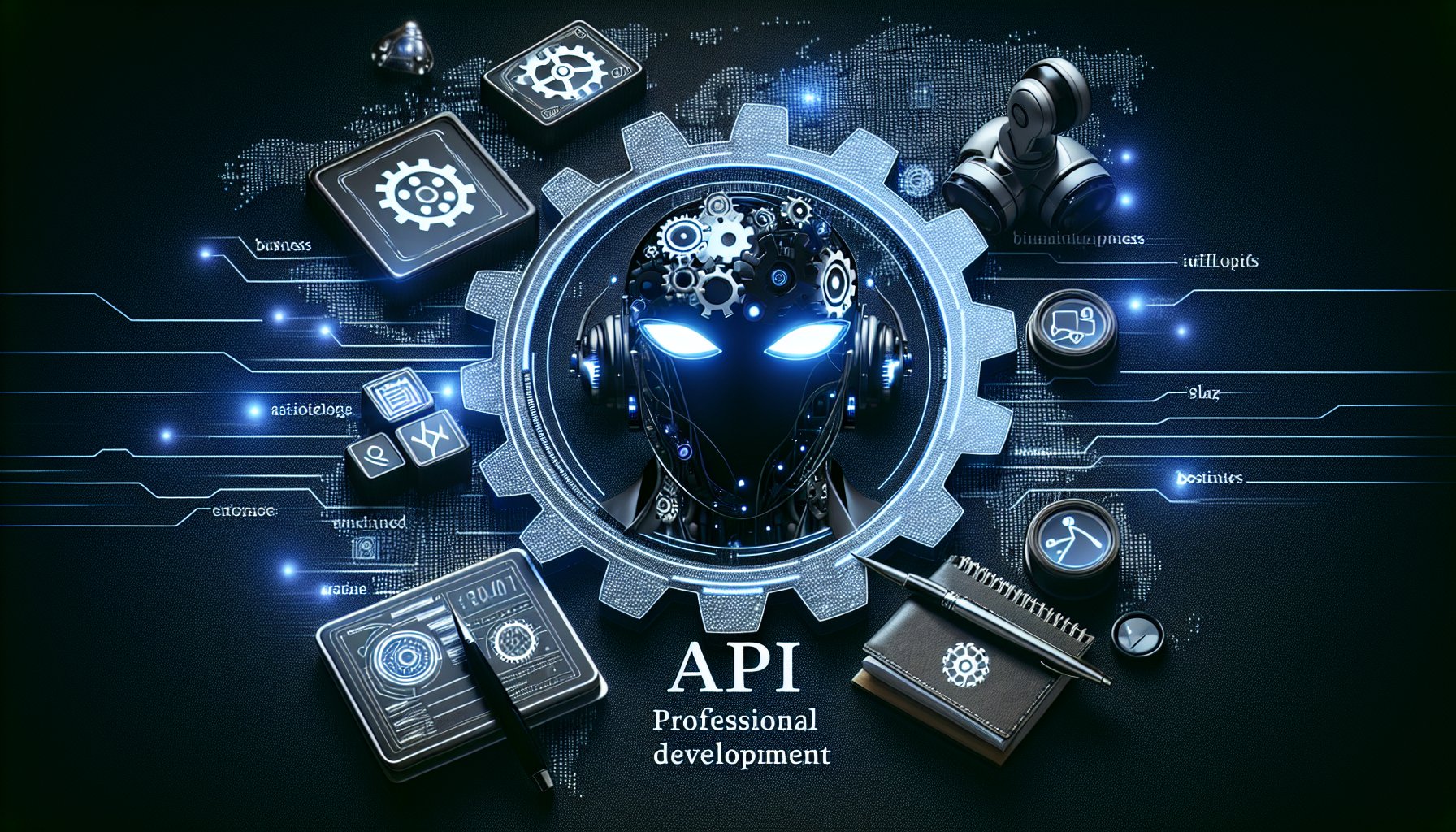Introduction
Welcome to the future of API Development, where innovation drives business solutions, and modern methodologies are transforming digital landscapes. As we embrace the opportunities presented by emerging technologies, it's crucial to stay informed about the latest advancements in API development. Let's delve into the world of APIs in 2025 and beyond.
Embracing the Microservices Architecture
Microservices architecture has become a go-to strategy for API development, providing a robust and flexible framework for building intricate, scalable systems. This approach breaks down applications into smaller, independent services that are easier to manage, upgrade, and scale.
Code Example:
// Defining a microservice in Node.js
const express = require('express');
const app = express();
app.get('/user', function (req, res) {
res.send('User microservice');
});
app.listen(3000);
GraphQL: A New Standard for API Development
GraphQL, a powerful alternative to REST, offers a more efficient and flexible approach for handling data. It allows clients to specify exactly what data they need, reducing unnecessary data transmission and enhancing performance.
Code Example:
// Defining a simple GraphQL schema
const { buildSchema } = require('graphql');
const schema = buildSchema(`
type Query {
user: String
}
`);
Serverless Architecture: The Future of Backend Development
Serverless architecture is a game-changer in API development. By outsourcing server management to third-party services, developers can focus on the core functionality, resulting in faster development cycles and reduced operational costs.
Code Example:
// AWS Lambda function in Node.js
exports.handler = async (event) => {
const response = {
statusCode: 200,
body: JSON.stringify('Hello from Lambda!'),
};
return response;
};
Conclusion
As we step into the future, the landscape of API development continues to evolve, offering exciting opportunities for businesses and developers alike. By embracing microservices, GraphQL, and serverless architectures, we can build efficient, scalable, and flexible systems that drive business growth. Let's harness the power of these cutting-edge technologies to create the digital infrastructure of tomorrow.
Key Takeaways
- Microservices architecture enables robust, scalable API systems.
- GraphQL provides efficient, flexible data handling.
- Serverless architectures streamline backend development and reduce costs.
Stay tuned for more insights into the ever-evolving world of API development, and prepare to shape the future of digital innovation.
